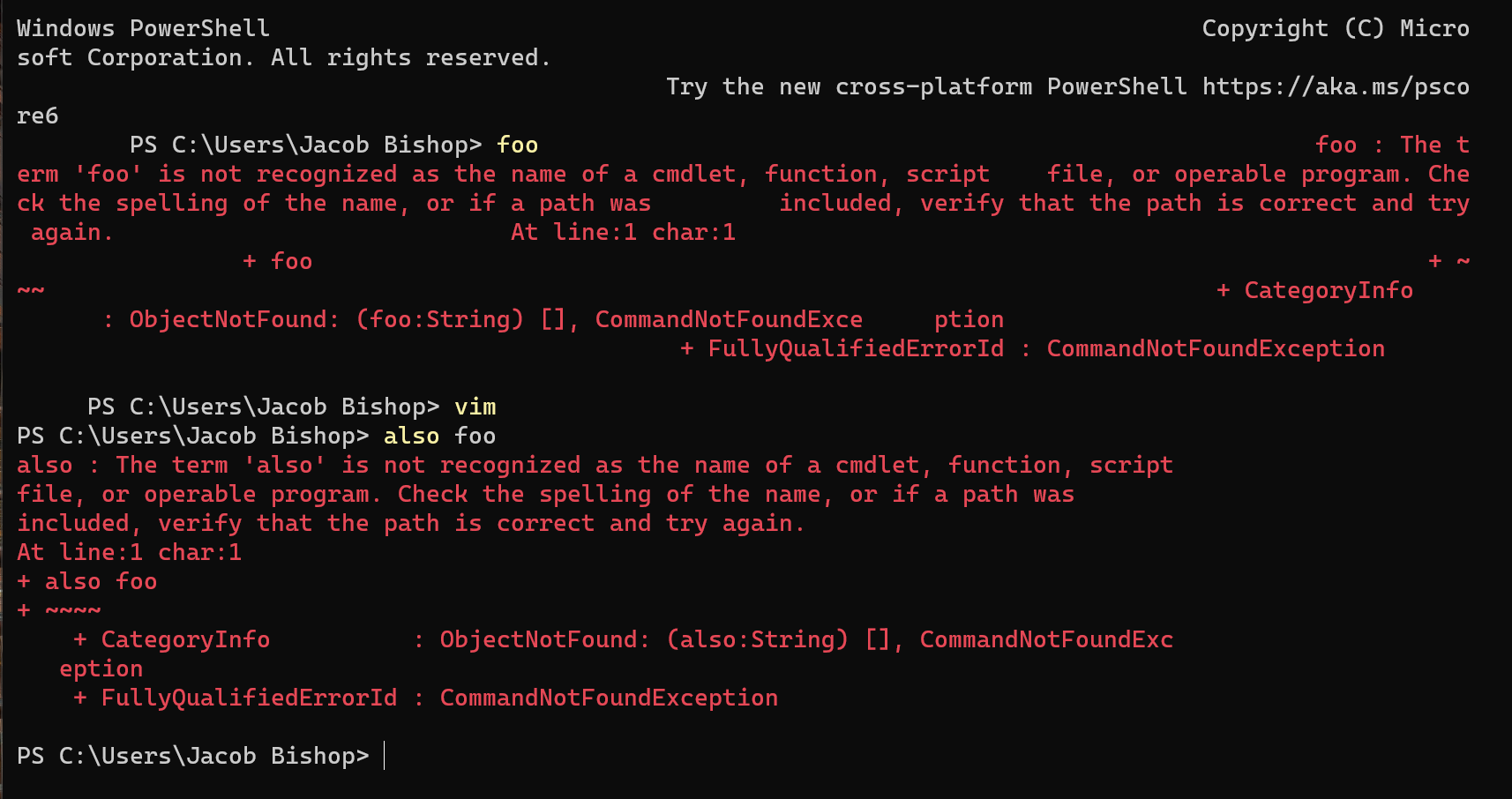

So if you ever find yourself needing to view or edit two sections of the same file, this will come in handy. sp is the short form of the split command, so you can use :sp or :split Now, we're looking at the same buffer in two different windows. If you wanna split the window horizontally, type sp and press enter. At this point, we're looking at one buffer in one window. Now, I'm going to open up all the files that start with the characters buf. I'm going to change into where I extracted the contents of the course download archive. So enough about what you already know, let's start adding to it. You also learned how to close the window with a :q or a :quit command which is how you can close any window regardless of what is being displayed in that window. If you only have two windows open, this effectively switches between them. What Ctrl+ww really does is it cycles through all of your open windows. If you remember way back to that lesson on the help system, you learned how to switch between those windows with a Ctrl+w, Ctrl+w command. These were two windows that were split horizontally on your screen. However, when you were using the help system, you were using two windows. The whole time you were working with a single window. When you move to the next buffer in your buffer list with bn or bnext, you loaded that next buffer into your current window. For example, when you opened a file for editing with a :e or a :edit command, you loaded that buffer into the current window. Previously, when you were working with buffers, you were using the same window. If you start Vim by passing in one or more files to it, Vim will start with one window open and it will display the first buffer, which is an in memory representation of the first file in that window. By default when you start Vim without supplying any file names as arguments, Vim starts with one window open and it loads an unnamed to buffer into that window. Well, in this lesson on windows, we'll be doing just that. But what we didn't do was cover how to view more than one of those buffers at the same time, or how to view the same buffer in multiple places, all at once.


We looked at different ways to open those files and buffers and quickly switch between them. In the lesson on buffers, we talked about reasons you might want to have multiple files open at once for editing.


 0 kommentar(er)
0 kommentar(er)
